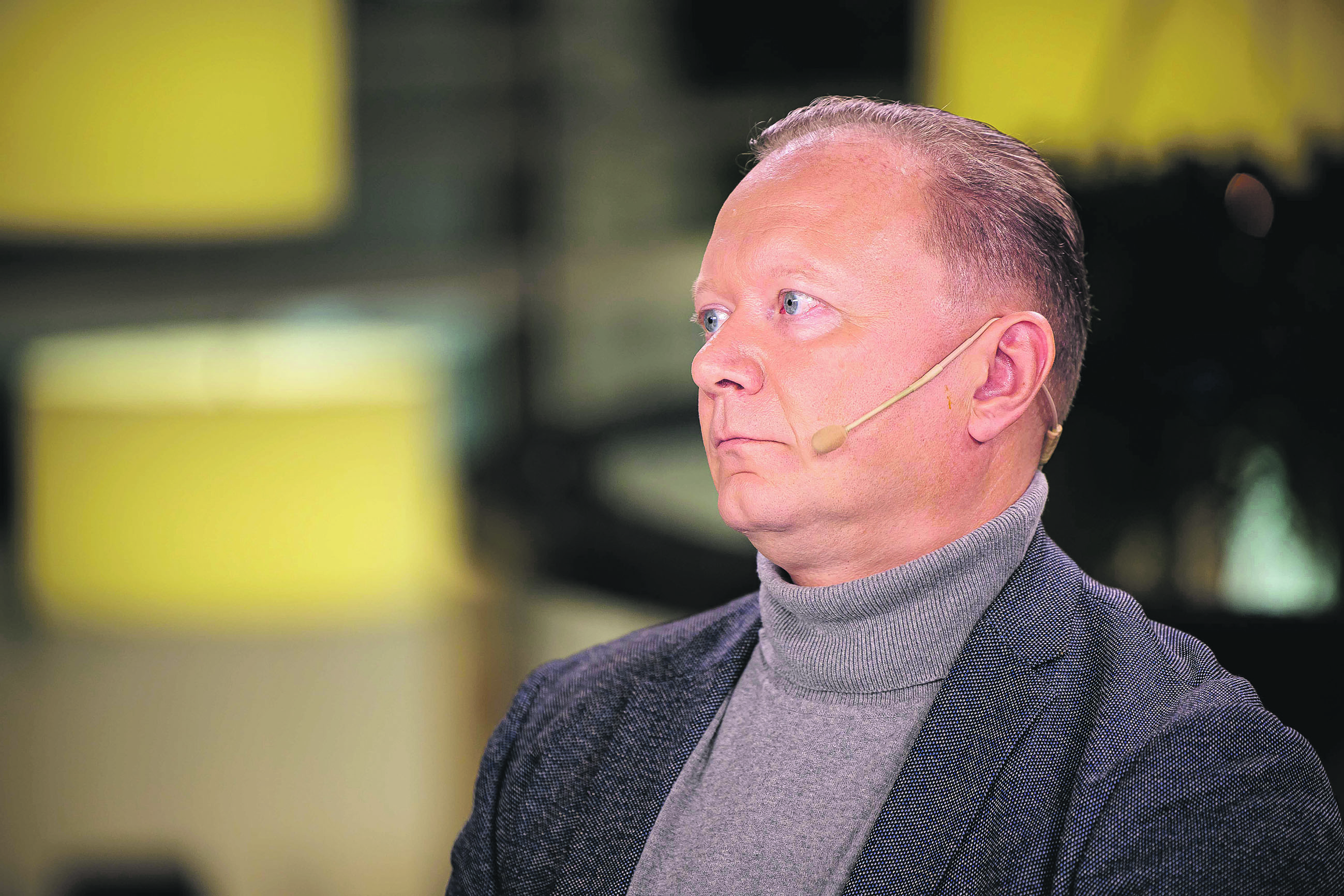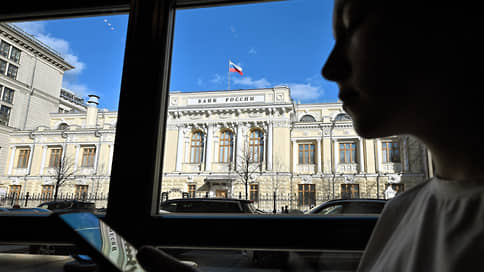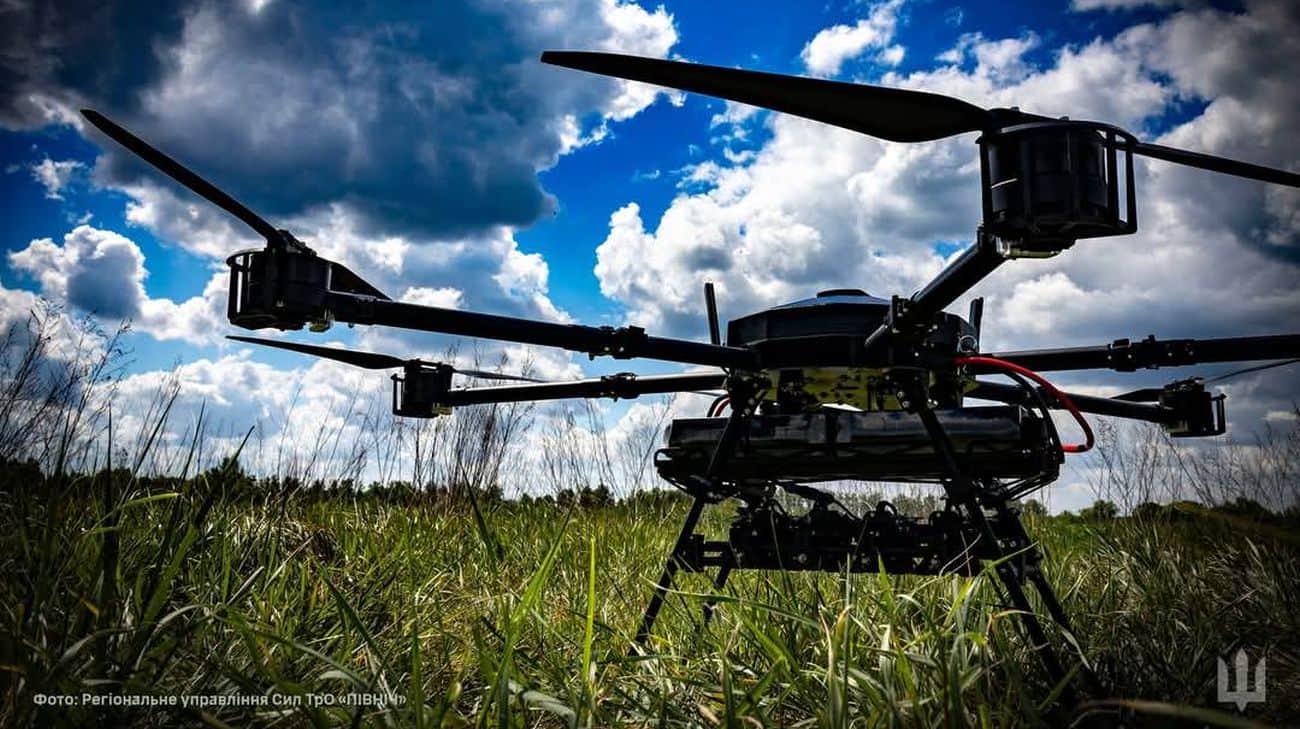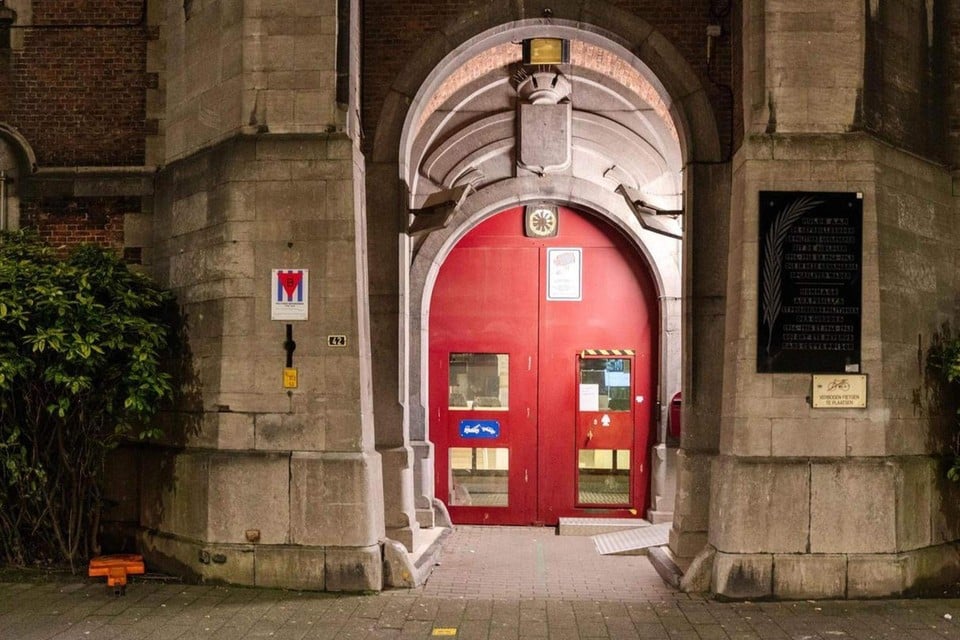Easter table will cost more

A higher budget
Traders estimate that buyers will spend more on the holidays this year. For example, a Rimi survey conducted in March showed that 13 percent Respondents plan to spend a larger budget prepare for Easter than last year. However, P. Čepkauskas points out that even if we spend 13 percent. more, does not mean that the festive table will actually be more abundant, pricer.lt estimates that food prices rose about 15 percent.
« The Easter table will undoubtedly be more expensive. The price of the cheapest goods increased by 15 percent, prices of famous brands rose, if I am not mistaken, 9 % essentially everything has become more expensive.
Indrė Genytė-Pikčienė, the chief economist of Šiaulių bankas Group, also says that residents who want to maintain traditions and not change their normal Easter diet inevitably have to pay more for it this year. According to the State Data Agency, food and non -alcoholic beverages were 4.5 percent in March this year. more expensive than a year ago.
« The price of rice increased by 11.4 % per year, 9.4 % of beef and veal, cheese and cottage cheese and curd increased by 7.5 %, butter and its products-8.3 % of fruit prices rose by 6.5 % on average, » Genytė-Pikčienė lists.
« It is true that the price of the Easter symbol – the eggs – according to statistics, rose 3.3 percent a year and we can be pleased that we have not seen the fluctuations that were outside the Atlantic, » the economist points out.
P. Čepkauskas compares egg prices on Lithuanian shop shelves: « Last year, it was possible to buy ten eggs for 92 or 99 cents at Easter.
And in the US, the US egg prices have risen again and reached a new record of $ 6.23 for a dozen. Neither President Donald Trump’s forecasts due to the decline in wholesale prices, nor the promise that the country will disappear in the country with the outbreaks of birds of the bird’s influenza.
An increase in US Consumer Price Index was announced last week. According to the AP news agency, industrial experts expected the index to reflect the fall of egg retail prices, as the wholesale egg prices have been significantly reduced. Jada Thompson, an economist at the University of Arkansas, explains that wholesale prices began to fall only in mid -March, so it may not be enough time to decrease the average monthly cost. Traders probably did not immediately reduce prices on their store shelves.
Bird influenza outbreaks have become the main cause of egg price leap in January and February, with more than 30 million dwellers on US farms. eggs that make eggs. However, only $ 2.1 million was slaughtered in March. There were birds and none of them on egg farms.
Consolation: According to I. Genytė-Pikčienė, the situation is slightly softened that the food inflation is significantly outperforming the annual growth of pensions and salaries. / A. Ufarto / Photo by ELTA
Not just eggs
When it comes to Lithuanian shops, they have become more expensive not only by eggs, but also by all the goods in the Easter table: oil – 20 %, herring – 20 %, butter – between 20 and 30 %. « Easter will be more expensive than last year. Of course, they will not reach 2023, when there was the biggest price rise at Easter level, but the money will carry more money, » says P. Čepkauskas.
As basic goods have become more expensive, mayonnaise, baked goods, and other prices will also rise by 20-30 percent accordingly. P. Čepkauskas recommends not to forget the appetite factor. « We have noticed that some sweets that have neither chocolate nor something special but jelly and sugar, try to sell twice as much as last year. There are jelly bunnies that cost € 3.49 last year, and this year the campaign is € 7.47.
« All sweets, chocolate and coffee have become more expensive, so confectionery products have become more expensive.
I. Genytė-Pikčienė also says that a sweet table will cost more than last year. « Coffee and cocoa were particularly expensive – according to statisticians, prices of these products rose by 15.8 % and 22 % respectively, chocolate and desserts on cocoa base – 38 %, 17 % rising average prices for fruit and vegetable juice, » she points out.
However, P. Čepkauskas also sees more positive trends – the prices of pork do not increase too much, they follow the same level as last year before Easter. « 1 kg of pork neck, loin cost € 3.99 both last year and this year. The price of salmon both last year and this year’s stock interval – € 11.99, » he says. Statistics estimate that pork, poultry and fish, its products on average, remain by 2.2 to 2.5 % per year.
There are jelly bunnies that cost € 3.49 last year and this year the campaign is € 7.47. It’s a little funny, but the situation is.
According to I. Genytė-Pikčienė, the overall situation is slightly mitigated that food inflation is significantly outperforming the annual retirement, minimum monthly salary, public sector employees and many activities in the private sector. « It helps the residents do not weaken the purchasing power of the population, » asserts I. Genytė-Pikčienė.
To observe the shares
As the economist observes, compared to other countries, especially in the South, we are very different in our traditions and habits to celebrate the holidays. « In France or Italy, it is common for festive dinners to meet at home, often choosing to celebrate them in catering establishments, and we are more accustomed to meeting at home. So our cost structure has a more significant amount, » says Genytė-Pikčienė.
The aforementioned Rimi study also found that the number of residents intending to spend € 150 for the festive table is increasing. According to P. Čepkauskas, it is an adequate amount: « But the formulation » increases the number of those who intend to leave « may be as follows: » People are forced to spend more. » Maybe let’s start with that. ”
This week, supermarkets offer mostly promotions relevant to the Easter table. According to P. Čepkauskas, Lithuanians are really inclined to buy the goods marked with the sign, and they can also be bought in Lithuania the whole contents of the festive table. « Especially after a bit of the start to watch the best promotions, » he emphasizes.
« It can even be said that if we look at the cheapest shopping cart and compare it in the cheapest and most expensive networks, there would be just a difference of price.
Trend: P. Čepkauskas says that the rise in food prices will continue and will reach about 10 percent in the fall. the rise in the price compared to last fall. / Photo by J. Elinsk / ELTA
Prices are also increased by suppliers
Consumers are increasingly noticed that daily consumption and food prices are rising, but traders point out that the ambitions of suppliers are also contributing to the rise. Here, Maxima reported that 34 suppliers sought to increase their service prices in March.
P. Čepkauskas did not surprise such news. « Everyone wants to make more money before the holidays. These things didn’t end, » he says. According to suppliers, the rise in prices was influenced by increased minimum wages, increase in fuel excise duty and other components. « I think everything will be here: raw material, fuel, energy, and an indefinite situation, plus greedy coefficient, » says P. Čepkauskas.
There are no favorite networks, there are only good deals. If you form baskets according to those suggestions, then you will save.
According to him, the prices certainly will not fall. « If we take the currently recorded price level and if it does not change and remains the same until the autumn, we will see a higher percentage. Last year before August, before the rise of dairy prices, prices have fallen. We will have a growing number. autumn, ”the price observer predicts.
Already canceled Christmas?
Today we are preparing for Easter, but Chinese plastic Christmas trees and other festive decorations say that they had already had to come up with Christmas orders from the United States. The increasing import rates are still in no hurry to make decisions.
This year, the US duties in the US have increased to 145 percent, while Beijing found 125 % response. rate for imports from Washington. Such a trade war in the world’s largest exporters of industrial goods can have extremely painful consequences for China.
According to P. Čepkauskas, March is indeed usually a month of orders for Christmas decorations and long shelf life.
« If orders are detained, there are two stories, depending on how the customs games are prolonged, » he teaches. « If they continue to the end, Europe and the world will be cheaper for the toys. It’s a stick with two ends. ”
Still, Chinese manufacturers expect the best. Liu Song, the owner of the Shaoxing factory, told Reuters that he was convinced that his business could cope with the crisis trying to sell more to Russia, Europe and Southeast Asia, which are already buying 75 percent. his production.
Other manufacturers still say they are waiting for winds from the US.









